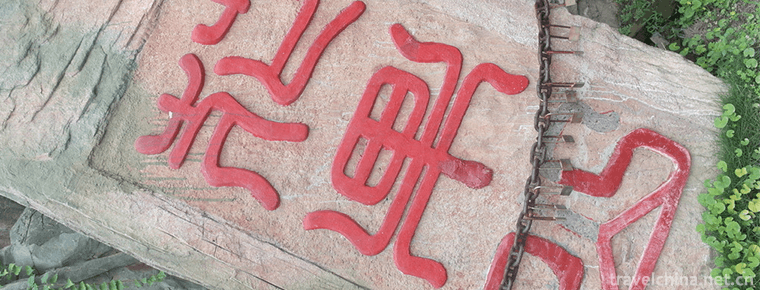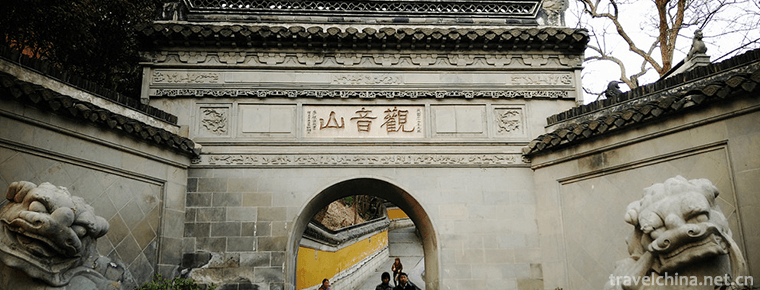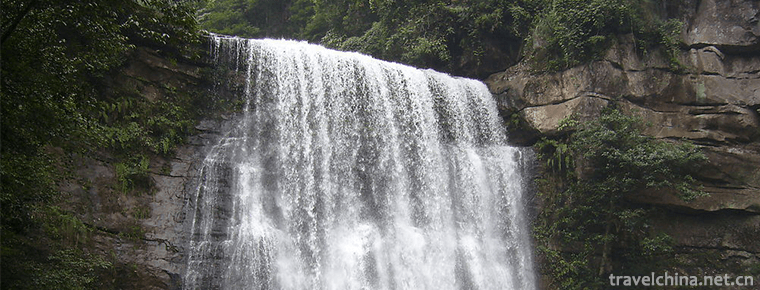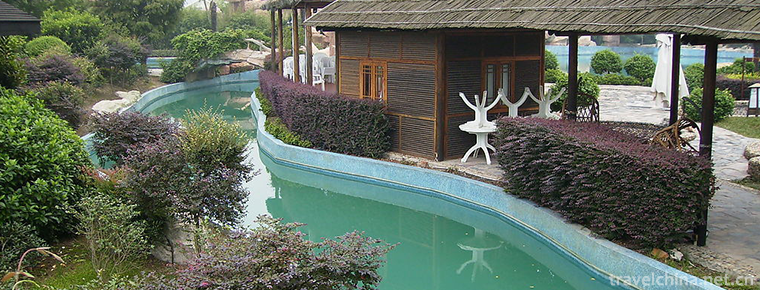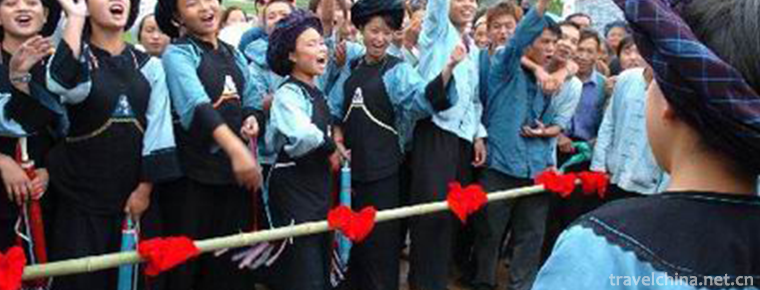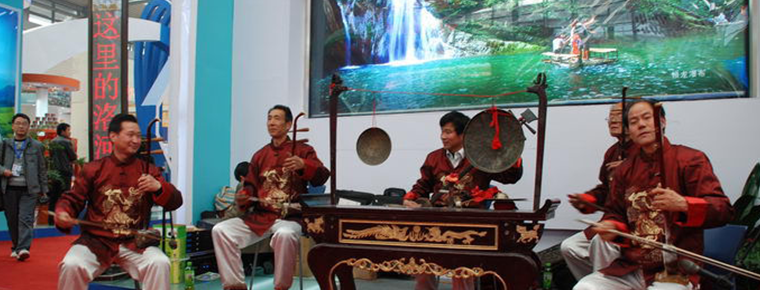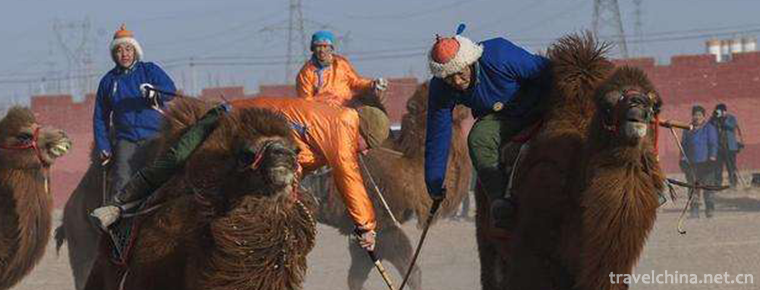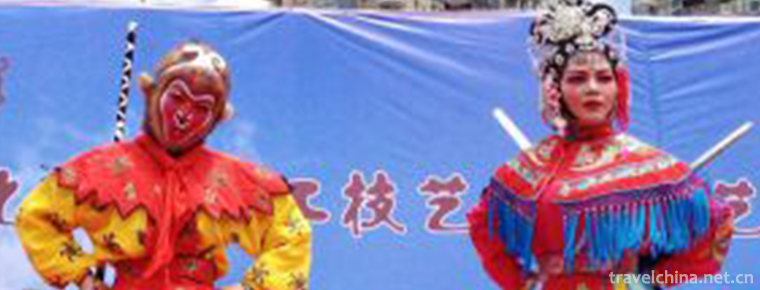Shaheteng Array
Shaheteng Array
The rattan array is the only ancient combat technology in northern China. It has gone through hundreds of years since Ming Dynasty. Today, it only exists in Shilipu Village, Shahe City, Hebei Province, China. Locals call it "playing rattan". Shaheteng brand array has a long history and is very rare in the northern cultural heritage.
On May 20, 2006, the heritage was approved by the State Council and listed in the first batch of national intangible cultural heritage list.
brief introduction
For more than 300 years, it has played a unique role in defending against the enemy and activating the cultural life of the local people. It not only represents China's long and splendid history and culture, but also contains the national spirit and spirit of the Chinese nation, which is fearless of violence and indestructibility. More importantly, it has very important practical significance and prominent social value for the study of ancient human society, ancient military, military tactics and so on.
Tracing to the source
In the Shang Dynasty, during the Northern Tribe's campaign, some people invented the rattan for attacking and defending themselves. Later, in the wars of successive dynasties, different military commanders developed the rattan array for attacking and retreating.
At the end of the Ming Dynasty, Li Zicheng led the rebels to attack Beijing and defeat the South retreat. On the way, a general of the Rebel Army escaped secretly from Shilipu Village and died anonymously. This man is honest and honest, not good at words, occasionally bullied by neighbors, only to return it with a smile, the villagers give the nickname "old clumsy". Knowing the unique skill of "Lao Zhuo", the villagers asked Lao Zhuo to teach them how to defend themselves. Nevertheless, Old Zhuo taught the villagers to protect the village and defend themselves, and left behind the admonition that "only men, not women, not inside and outside, who will pass on who will die outside".
For more than three hundred years, villagers have followed the precepts and passed on the rattan array from generation to generation. So far, it has been handed down for twelve generations. More than 200 regular practitioners have been trained. In the local area, the rattan array has now been included in the primary school physical education curriculum.
Characteristic
tactical deployment of troops
The main raw material for rattan brand production is the common rattan in the northern Taihang Mountains. In ancient times, in order to meet the needs of actual combat, the high-quality rattan on Mount Taihang was selected and made soft and tough by retting. It was woven into a large round rattan product with materials such as cotton in the middle and raw cowhide with tiger head painted on the top.
In addition to rattan, rattan arrays use short knives, three-tooth knives, spears, sticks and other weapons. They are usually attacked by two or more people or by one or more people. The holder of rattan and knife is the defensive side. The rattan is used for defense. The sharp knife can cut the armor, so it can be said that both attack and defense are ready. In battle, rattan soldiers hold rattan cards in their left hand, knives in their right hand, jump and roll, and move forward swiftly. When they roll in front of the enemy, they pull up the short knife in their right hand to kill the enemy. When a large group of enemy soldiers attacked, the use of intensive formation to hold up rattan as a cover, play a role in limiting the enemy's bow and horse. If the enemy is found scattered, it will immediately become a small group. Each soldier's range of activities is 8 feet. It is flexible to advance and retreat, especially in the wilderness or mountainous areas.
In actual wartime, the rattan array method changes endlessly. Common ones are the word long snake array, the Eight-trigram serial array, the plum blossom five-square array, the four-door psychedelic array and the eight-door piercing array. The array can be expanded to tens of thousands of people according to the needs of actual warfare. The rattan array is accompanied by drums when performing in competitions or rallies. It has drums, gongs, cymbals, cymbals and other aids. There are more than ten kinds of drums, such as marching drums, retreating drums, variable array drums and winning drums.
sports
Far away from the war, Shilipu people made innovations in the rattan brand, that is, selecting the vines produced in Taihang Mountain, compiling the rattan card, and then covering the top of the rattan with a canvas-painted fabric. The rattan made in this way is light and practical, and does not affect the entertainment performance at Street Temple fairs.
Originally a battlefield method to overcome the enemy, Fujie array has evolved into a competitive form of self-defense and physical fitness, as well as a performance of gathering and temple fair folk art. Its trick performance integrates ancient and modern dance movements, graceful and smooth, high artistic value, whenever there are large-scale folk art performances everywhere, rattan array performances will attract audiences like a wave of applause.
Inheritance Significance
For more than three hundred years, the Shaheteng brand array has played an active role in defending against the enemy and in activating the cultural life of the local people. Fujie array method has both attack and defense, and is unpredictable. A thorough study of it will further enrich the content of ancient Chinese military tactics. On the other hand, the Fujika battle scenes incorporate dance and music, which can be used to enrich the cultural life of the masses and make people enjoy art.
Because of the special history and inheritance way of rattan array, its inheritors have not been many. Due to insufficient investment, inadequate training time and equipment, inadequate research on technical and tactical excavation, most rattan players'technical and tactical skills are unfamiliar, basic skills can not be said, the formation is incomplete, and the action is rigid and simple. Many old people say that the charm of the ancient battlefield of Shaheteng has disappeared, which is far inferior to the level of competition in the early liberation period.
Only the 78-year-old twelfth-generation heir, Hu Dao Zheng, is a member of the Fujita array. The inheritance of Shaheteng brand array is endangered and needs urgent rescue and protection.
The state attaches great importance to the protection of intangible cultural heritage. On May 20, 2006, the intangible cultural heritage was approved by the State Council and listed in the first batch of national intangible cultural heritage list. On June 5, 2007, the Ministry of Culture confirmed that Hudao in Shahe City, Hebei Province was the representative successor of this cultural heritage project, and was listed in the first batch of 226 representative successors of national intangible cultural heritage projects.

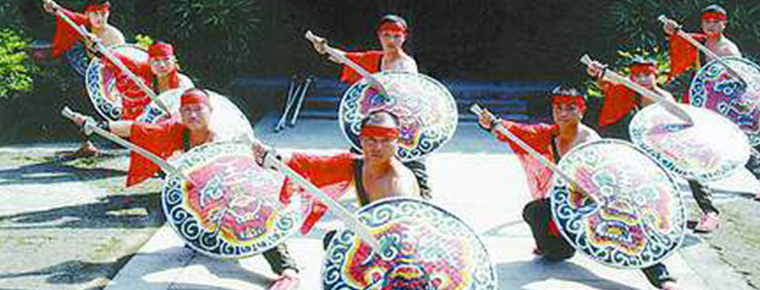
-
MountHuaguoshan
Mount Huaguoshan (Lianyungang Huaguoshan Scenic Area) is located at the middle foot of Nanyuntai Mountain in Lianyungang City..
Views: 282 Time 2018-12-06 -
Lang Mountain Scenic Area
Langshan is located in the northwest side of the hinterland of the Yuechengling Mountains, which is the longest in Wuling Mountains. It spans Xinning County and Resource County.
Views: 210 Time 2018-12-12 -
Guanyin Mountain National Forest Park Guangdong
Guanyinshan National Forest Park in Guangdong Province is the first National Forest Park in Dongguan City approved by the State Forestry Administration. It is located in Zhangmu Town, Dongguan City.
Views: 95 Time 2019-01-13 -
Huangjinglaolin Scenic Spot
Huangjing Old Forest Scenic Spot is located at the junction of Sichuan and Guizhou provinces in southern Sichuan Province and northwest Gulin County. Its total planned area is 9122.6 hectares.
Views: 104 Time 2019-01-18 -
Golden Peacock Hot Spring Resort
Anhui Jinpeacock Hot Spring Resort is a commercial resort hotel which integrates vacation, fitness, leisure, entertainment, catering and accommodation. It covers an area .
Views: 127 Time 2019-01-26 -
Tianjin Polar Ocean World
Tianjin Polar Ocean World is a theme park invested by Dalian Haichang Group in Tianjin. Tianjin Polar Ocean World is a large-scale open tourism project with the theme of Ocean Park.
Views: 217 Time 2019-02-21 -
Bouyei costume Guizhou Province
As a material and cultural phenomenon, the production and change of Buyi costumes are always in line with the social and economic development. .
Views: 171 Time 2019-04-04 -
Luonan Jing Blackboard
In 2011, Luonan Jingbanshu was approved by the State Council and listed in the third batch of national intangible cultural heritage list. As early as in the Daoguang period of the Qing Dynasty (around.
Views: 133 Time 2019-05-15 -
Mongolian camel ball
The intangible cultural heritage is the manifestation and cultural space of various traditional cultures which are inherited from generation to generation and closely related to people's life. .
Views: 161 Time 2019-06-04 -
Suzhou opera
On June 7, 2008, Hangzhou and Shaoxing City of Zhejiang Province jointly declared "Spring Spring Spring Spring Packing" which was approved by the State Council to be included in the second b.
Views: 389 Time 2019-06-18 -
conjuring tricks
Conjuring tricks is one of the traditional Chinese acrobatics. Performers use agile methods to create audiovisual illusions, performing various objects, animals or water and fire and other rapid incre.
Views: 96 Time 2019-07-01 -
Fangshan Luzhou
Luzhou Fangshan is a famous mountain in Sichuan. There are Emei Bantang, xiaozhongnanshan, xiaoemei, Yunfeng, etc. It is composed of 99 peaks, which are square from all sides, and are extremely magnificent..
Views: 104 Time 2020-10-16
